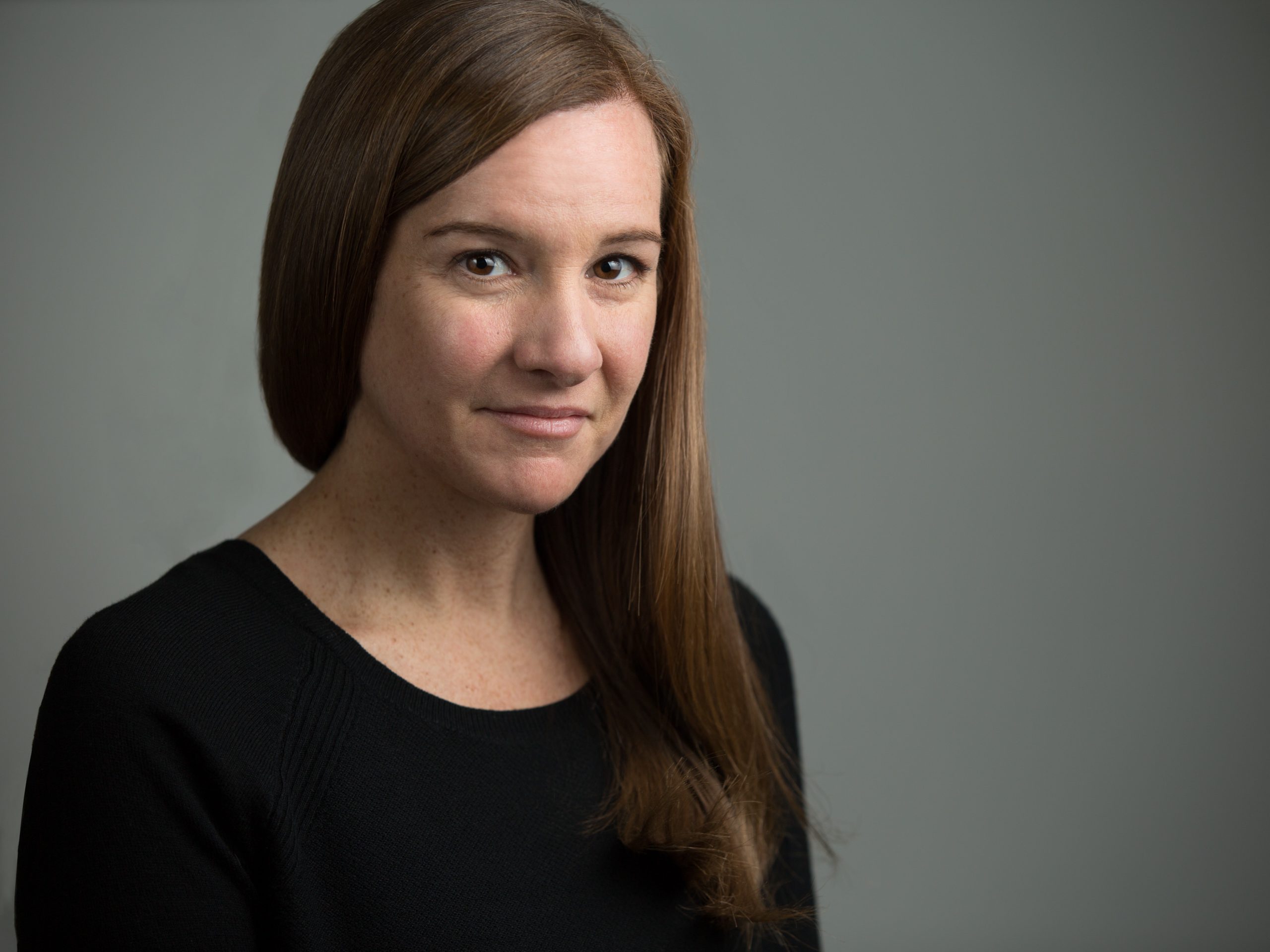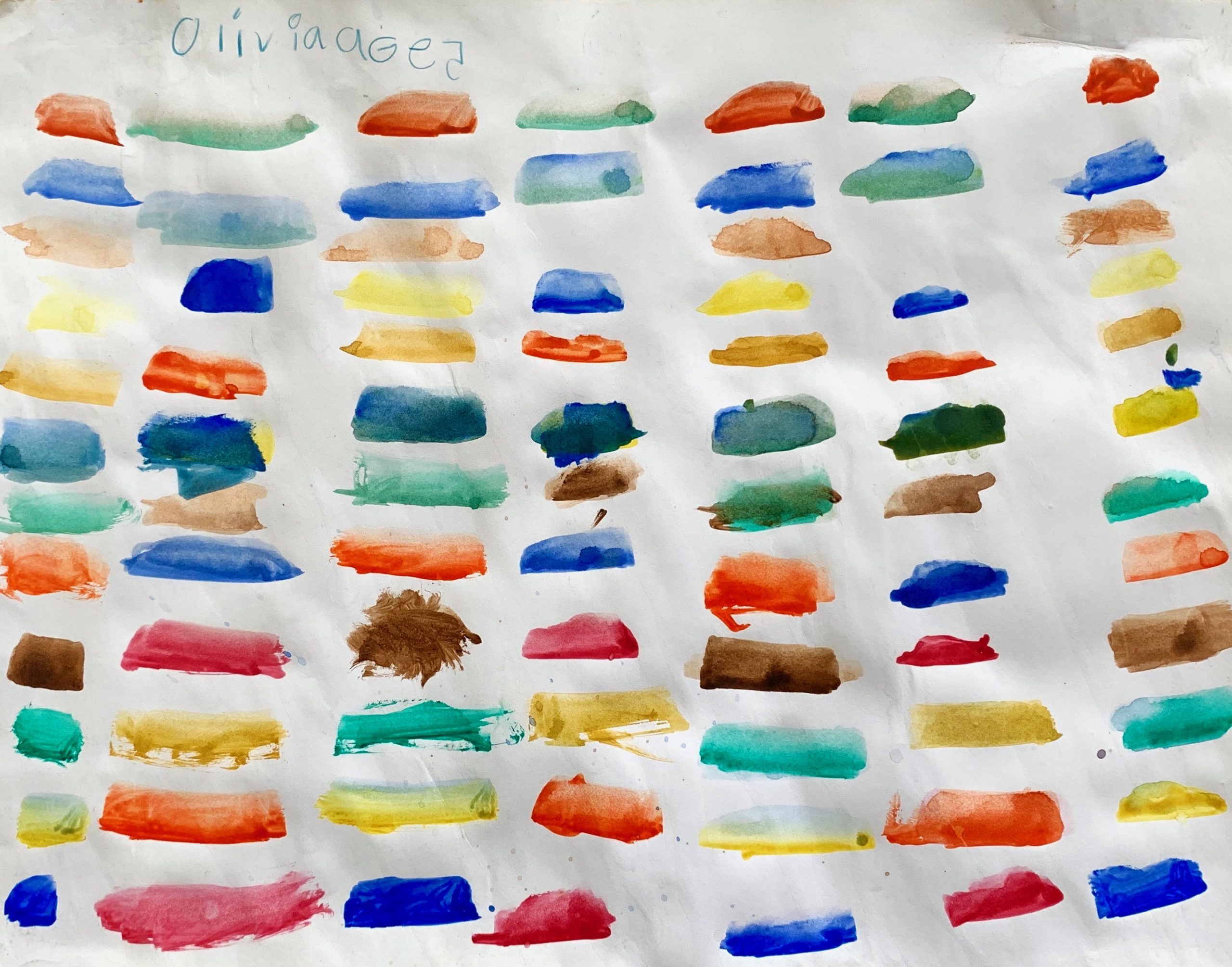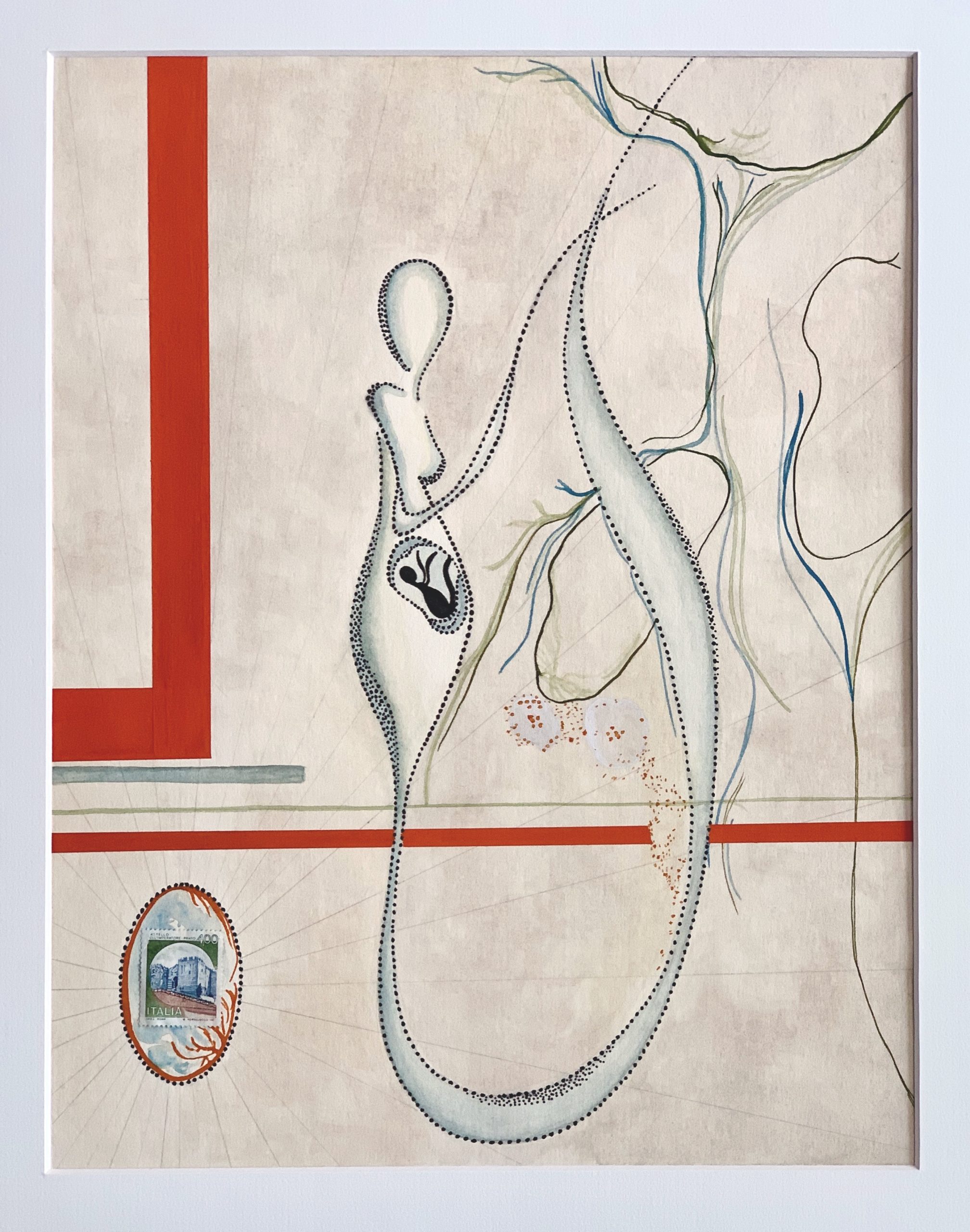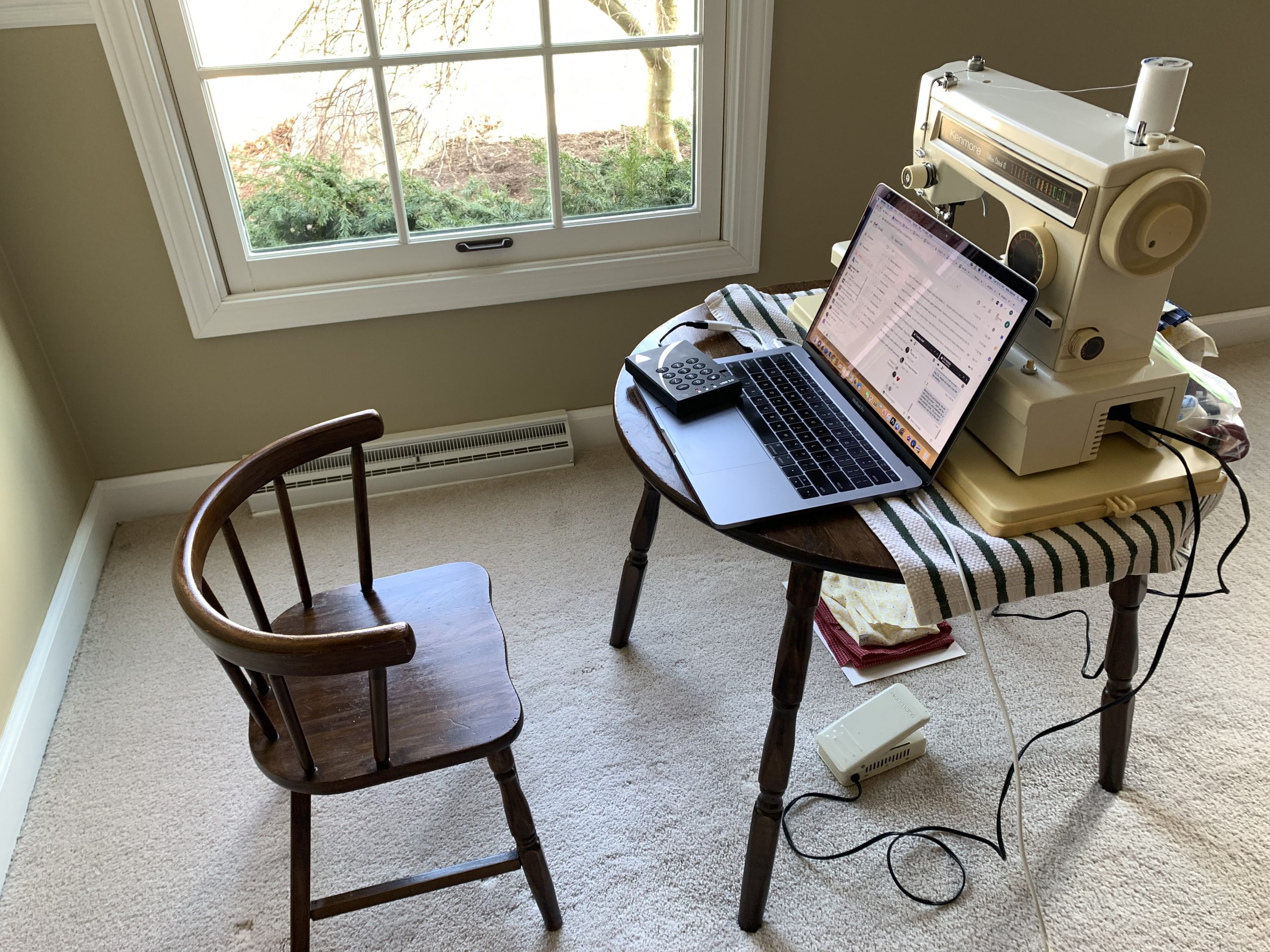Snow City Arts’ Teaching Artists are at the core of our work with students in the hospital. As our new Virtual Learning initiative rolls out this week, anyone who engages with our publicly accessible workshops will want to get to know these exceptional artist-educators. Over the Spring, we will be re-introducing Snow City Arts’ ten teaching artists in a series of personal profiles. You can read their professional profiles here. Making connections remotely can be challenging, so we hope to energize and ease that process by revealing a bit about how each of us is working during these days of sheltering, why making art is inspiring, and how this impacts our work with Snow City Arts students. We hope these stories will resonate with you, and that when anyone begins a Snow City Arts workshop, they will have a sense of the person whose imagination, intellect, skill, and humanity generated the project. And we would of course love to hear from you and see your artwork in response!
How do you feel when you make art?
I feel like myself, like my true constitutional self, the soul I was born. I feel whole, fully complete, like it is what I am naturally supposed to be doing in that moment.
What is the most wonderful art gift you have ever received?
My niece gave me this painting when she was five years old. I was teaching her about color theory and how to mix colors one day. Then a few days later, I had a little free style painting party for her and her two little friends. She came back with this piece and asked if she did it all right. I realized then that I needed to re-think how I was teaching the concepts of painting, especially to young children. No five-year-old should be making a chart and asking about whether or not her painting was “right” when she is supposed to be free painting. The imagination and “play”in art is something to be highly protected and celebrated, because once it is gone, it is hard to tap back into.
What is your actual superpower? What how do you use it as a Teaching Artist?
I’m a very sensitive person, possibly too sensitive. My father always told me I needed to build a better shell if I am to survive in this world. He would tell me that hermit crabs made the best architects and I needed to be like a hermit crab. However, my sensitivity has allowed me to quickly read a room, assess a person and where they are at, and then make adjustments accordingly. This has helped me teach in a way that helps keep students engaged, even if it means scrapping my initial lesson plan for the day and letting them lead their own art-making journey.
What has been the most surprising thing for you about working remotely?
Working remotely reminds me quite a bit of when I first started working for Snow City Arts – 13 years ago! It was such a unique environment to be in for an arts educator that no Master’s degree could have prepared me for. Since then, I still learn something new every day. Thankfully, being a teaching artist at Snow City Arts, I have learned how to be continually adaptable, flexible, and curious to progress into new worlds, new ways of teaching our youth.
I am really excited to be creating a virtual curriculum. We deal with parameters when teaching in the hospitals every day, so I see this as a new set of tools that we can use now, during the pandemic, BUT also use when we get back into the hospital setting. Virtual learning seems like a natural growth of our programming, even if the Covid-19 pandemic hadn’t arrived. The teaching artists are fortunate to have been given the time to create a virtual learning platform with in-depth thought. With this newly developed digital curriculum, children in the highest level of isolation will now be able to access our programming, creating more equitable access now and for the foreseeable future.







Leave A Comment